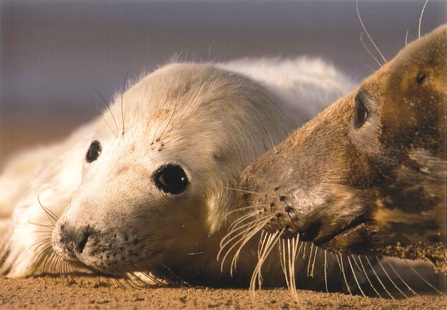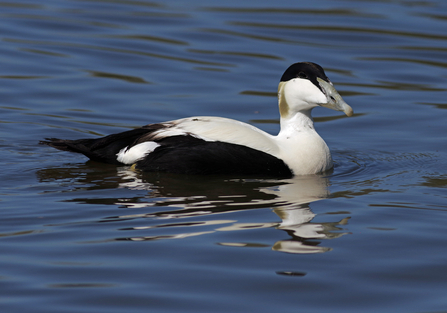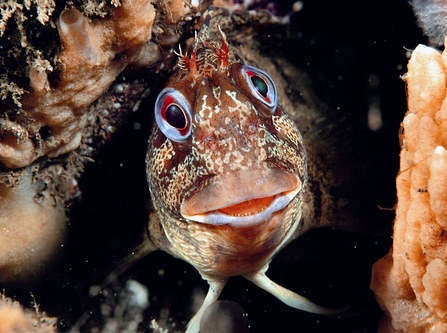The first step has been taken towards the designation of England’s first Highly Protected Marine Areas (HPMAs) - as Defra announces a consultation on five proposed HPMAs which will be the strongest ever protection measures for UK seas.
The designation of HPMAs will act as a mechanism for marine recovery and should contribute to the Government’s commitment to protect 30% of our seas by 2030. HPMAs will also act as a natural solution to help store carbon and tackle climate change, as well as generating benefits through tourism, recreation and marine education.
The 12-week consultation on the proposed locations will be open until 28 September 2022. Additional evidence will be gathered before Ministers decide which sites, and their respective boundaries to designate. For details of the consultation visit consult.defra.gov.uk/hpma/consultation-on-highly-protected-marine-areas/
The five proposed locations around England just published are:
- Allonby Bay
- Lindisfarne
- North-East of Farnes Deep
- Inner Silver Pit South
- Dolphin Head



